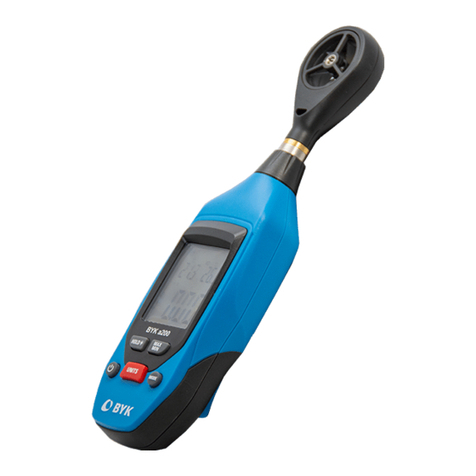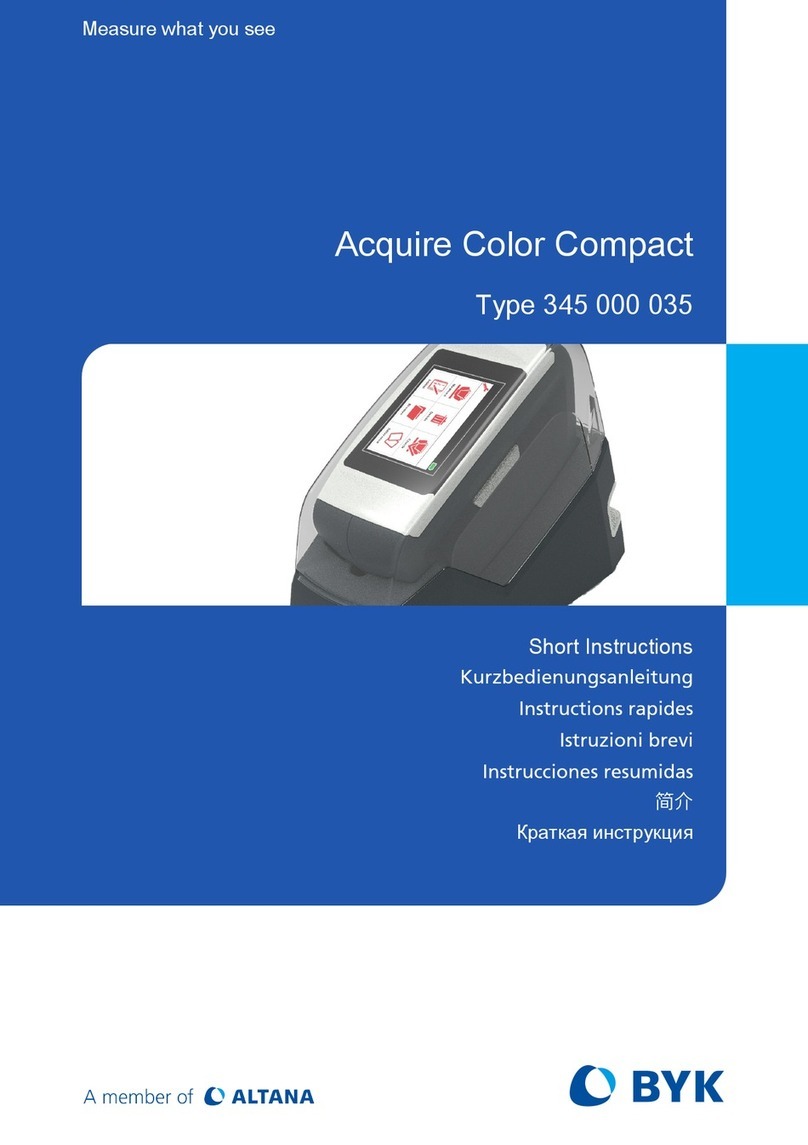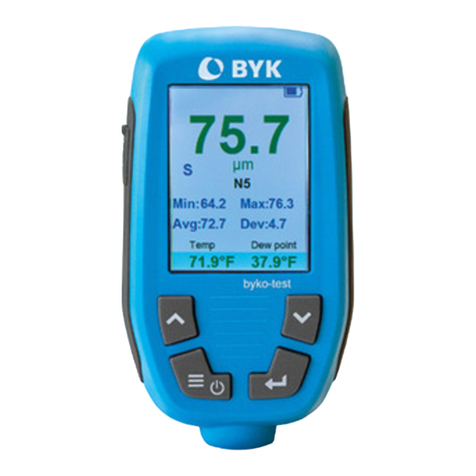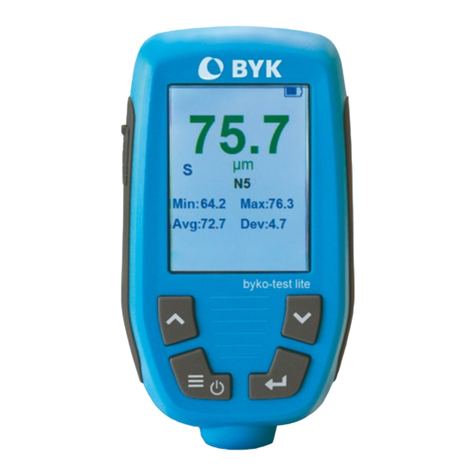Atlanta BYK spectro2profiler User manual
Other Atlanta Measuring Instrument manuals

Atlanta
Atlanta BYK m200 User manual

Atlanta
Atlanta BYK a200 User manual

Atlanta
Atlanta BYK byko-cup M User manual

Atlanta
Atlanta BYK Acquire Color Compact Manual

Atlanta
Atlanta BYK spectro2profiler User manual

Atlanta
Atlanta ASF 2045 User manual

Atlanta
Atlanta BYK byko-test User manual

Atlanta
Atlanta BYK spectro2profiler User manual

Atlanta
Atlanta BYK byko-test lite User manual
Popular Measuring Instrument manuals by other brands

Powerfix Profi
Powerfix Profi 278296 Operation and safety notes

Test Equipment Depot
Test Equipment Depot GVT-427B user manual

Fieldpiece
Fieldpiece ACH Operator's manual

FLYSURFER
FLYSURFER VIRON3 user manual

GMW
GMW TG uni 1 operating manual

Downeaster
Downeaster Wind & Weather Medallion Series instruction manual

Hanna Instruments
Hanna Instruments HI96725C instruction manual

Nokeval
Nokeval KMR260 quick guide

HOKUYO AUTOMATIC
HOKUYO AUTOMATIC UBG-05LN instruction manual

Fluke
Fluke 96000 Series Operator's manual

Test Products International
Test Products International SP565 user manual

General Sleep
General Sleep Zmachine Insight+ DT-200 Service manual















